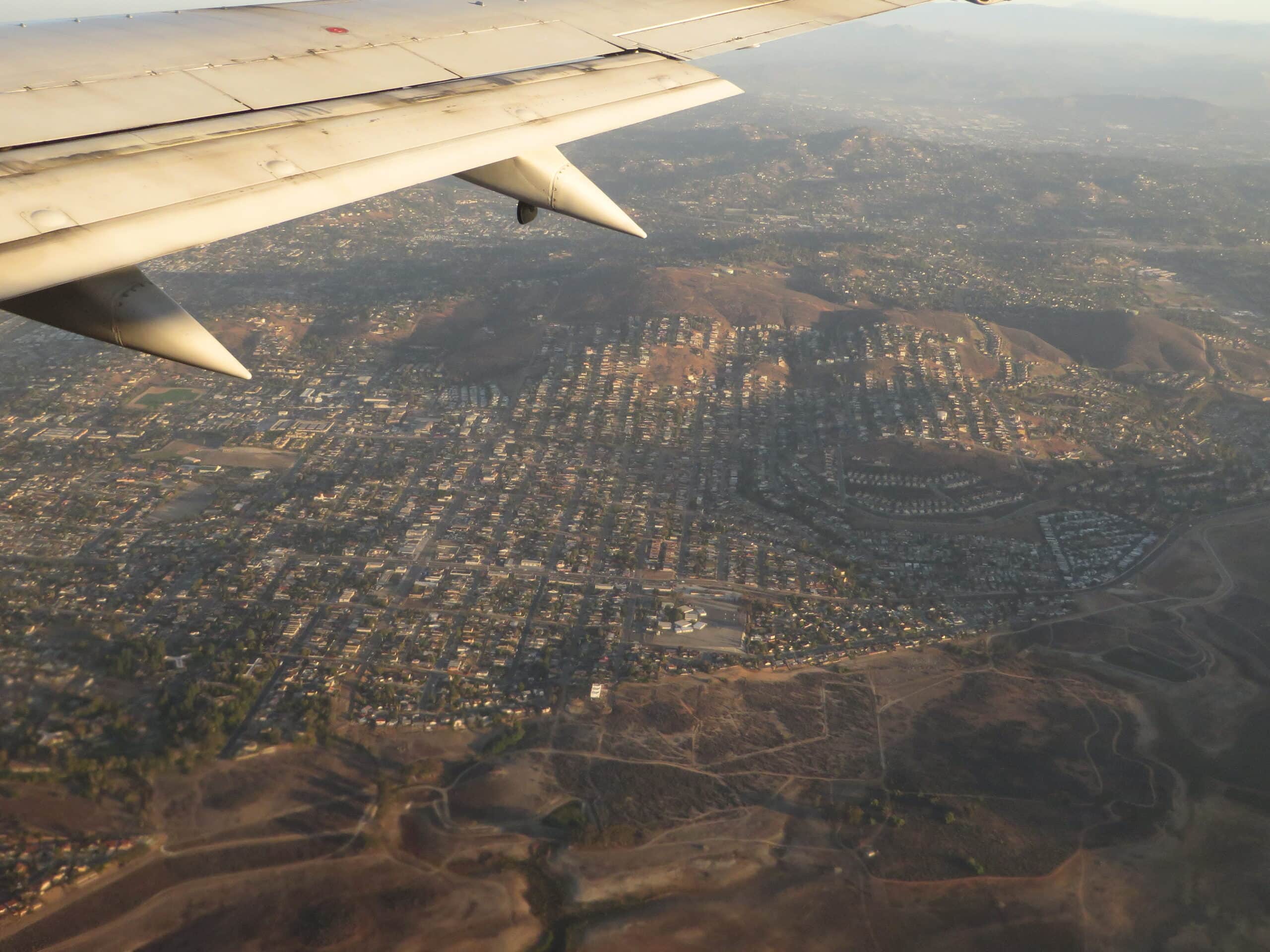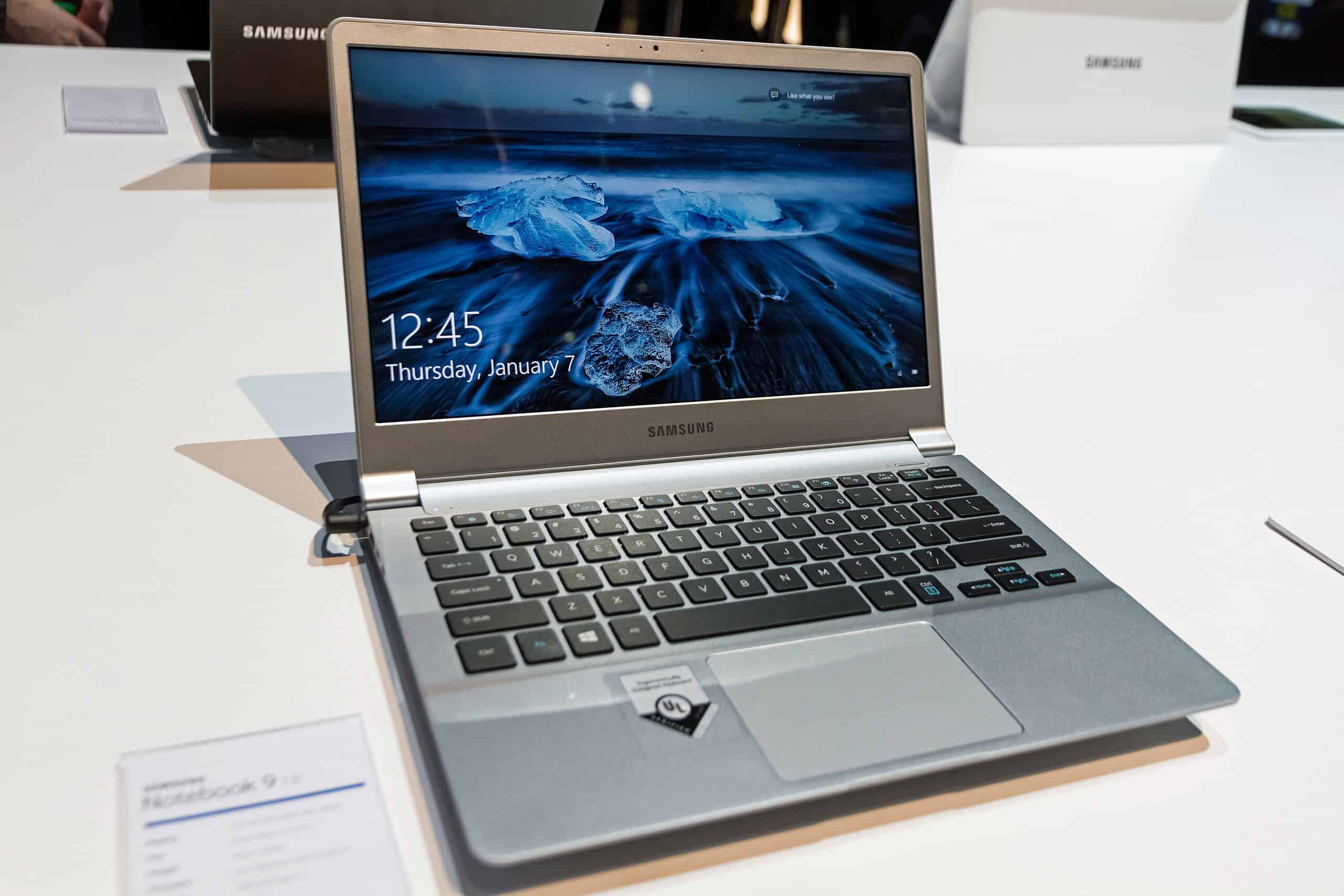The National Aeronautics and Space Administration (NASA) was created in the summer of 1958 when President Eisenhower signed the National Aeronautics and Space Act of 1958 into law. Based on the National Advisory Committee for Aeronautics, NASA came about as a result of the Space Race between the United States and the Soviet Union. Since the agency’s inception, it has been known for its space exploration but what many of us may not know is that in addition to space exploration, they have been responsible for so much more.
The U.S. space agency has been leading the way in many cutting-edge technologies. While some advancements may seem like obvious NASA inventions, like space blankets and astronaut ice cream, others, like cell phones and artificial limbs, don’t usually conjure up images of aeronautical involvement. Known as “spinoffs”, these inventions have changed the way we live.
To compile a list of everyday technologies that NASA had a hand in creating, 24/7 Tempo reviewed dozens of modern inventions that exist due to research in the field of space exploration. Many of these are listed in NASA’s annual publication, Spinoff, which highlights inventions with NASA origins. These objects are employed daily to save lives, improve environmental sustainability, and help keep humans healthy. Unlike these modern inventions that we no longer use.
All of these technological advances may not have been invented entirely by NASA, but they were made possible due to various connections with the agency through its Office of Technology Transfer and Commercialization, which grants licenses to the private sector, as well as from funding, partnerships, and the use of NASA research facilities or patents to help from NASA scientists and data from its research laboratories.
1. Artificial limbs
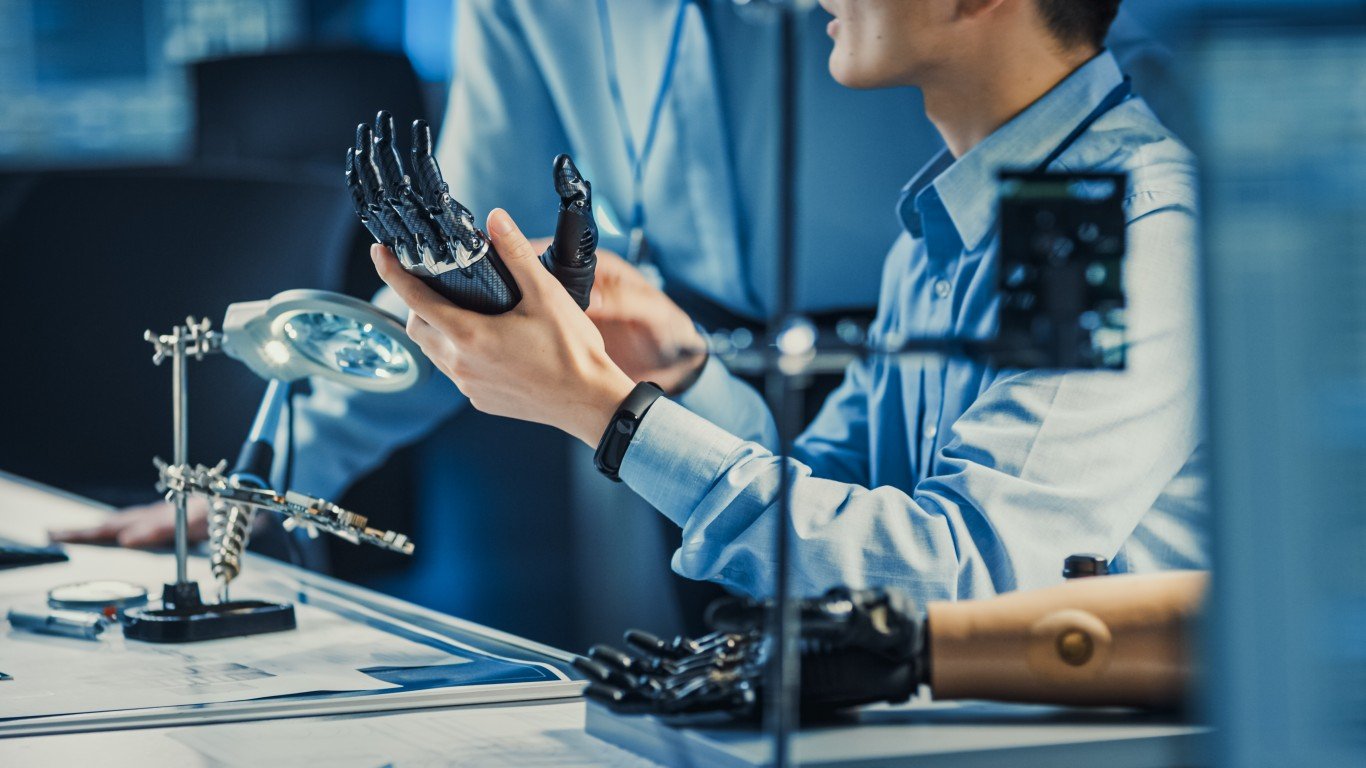
By using items intended for space vehicles, NASA has been able to improve on the already-existing artificial human limbs, making them more life-like, durable, functional, and most importantly, more comfortable. Some of these materials repurposed were artificial muscle systems, robotic sensors, and temper foam.
2. Scratch resistant lenses

In response to space environments that contain particles and dirt that can damage astronauts’ visors, NASA developed a process that would generate scratch-resistant lenses. They then gave a license to Foster Grant to continue experimenting with scratch-resistant plastic coatings. Today, the majority of sun and eyeglass lenses contain this coating.
3. Insulin pump
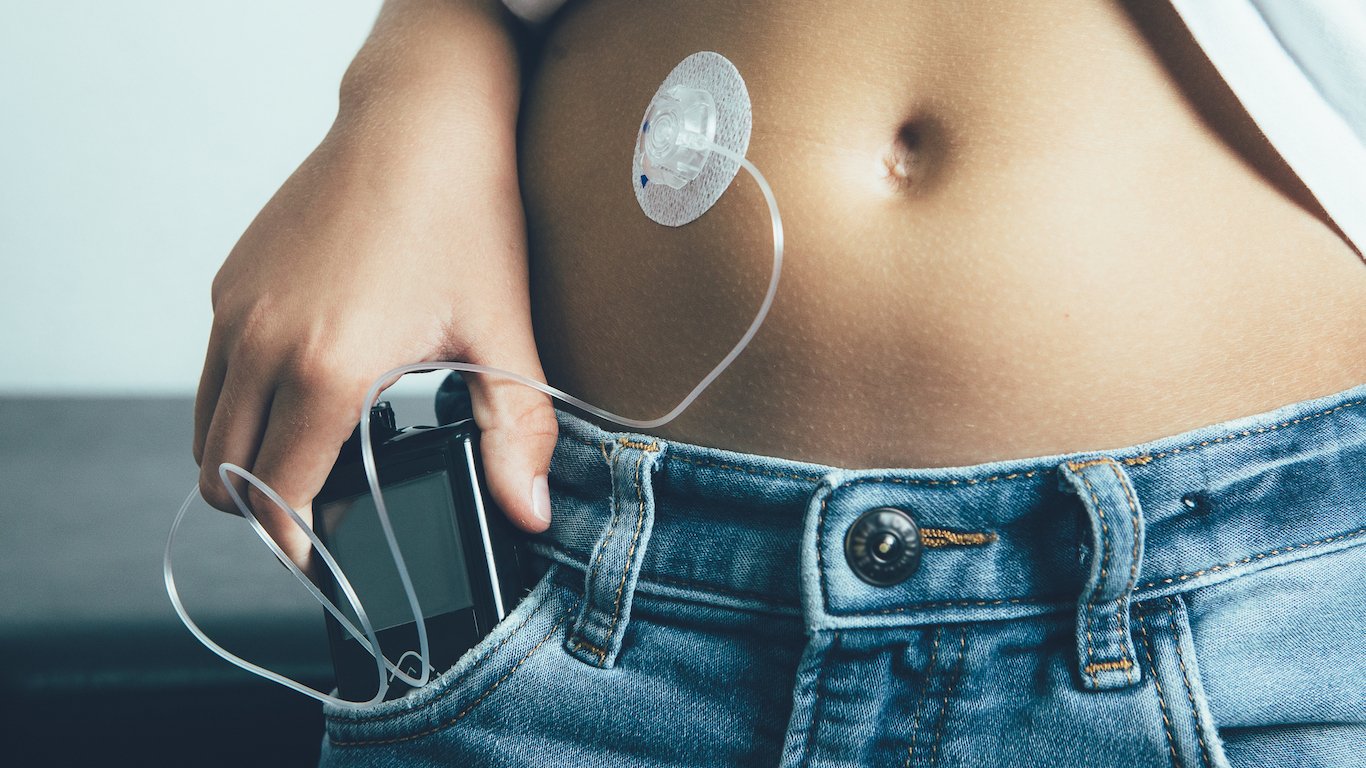
Thanks to an external pump from Pacesetter Systems, Inc., diabetics are now able to deliver insulin continuously at a rate that is preprogrammed for each individual at an adjusted rate.
4. Firefighting equipment

Working with the Celanese Corporation, of New York, a line of polybenzimidazole (PBI) textiles, or polymer textiles, was created for use in space suites and vehicles. In the late 1970s, it was introduced to the fire service.
Today, PBI Performance Products Inc. (who purchased the business from the Celanese Corporation) now produces several versions of PBI suits that feature circulating coolant to keep firefighters from succumbing to the heat and advanced breathing systems modeled after astronaut life support systems.
5. DustBusters
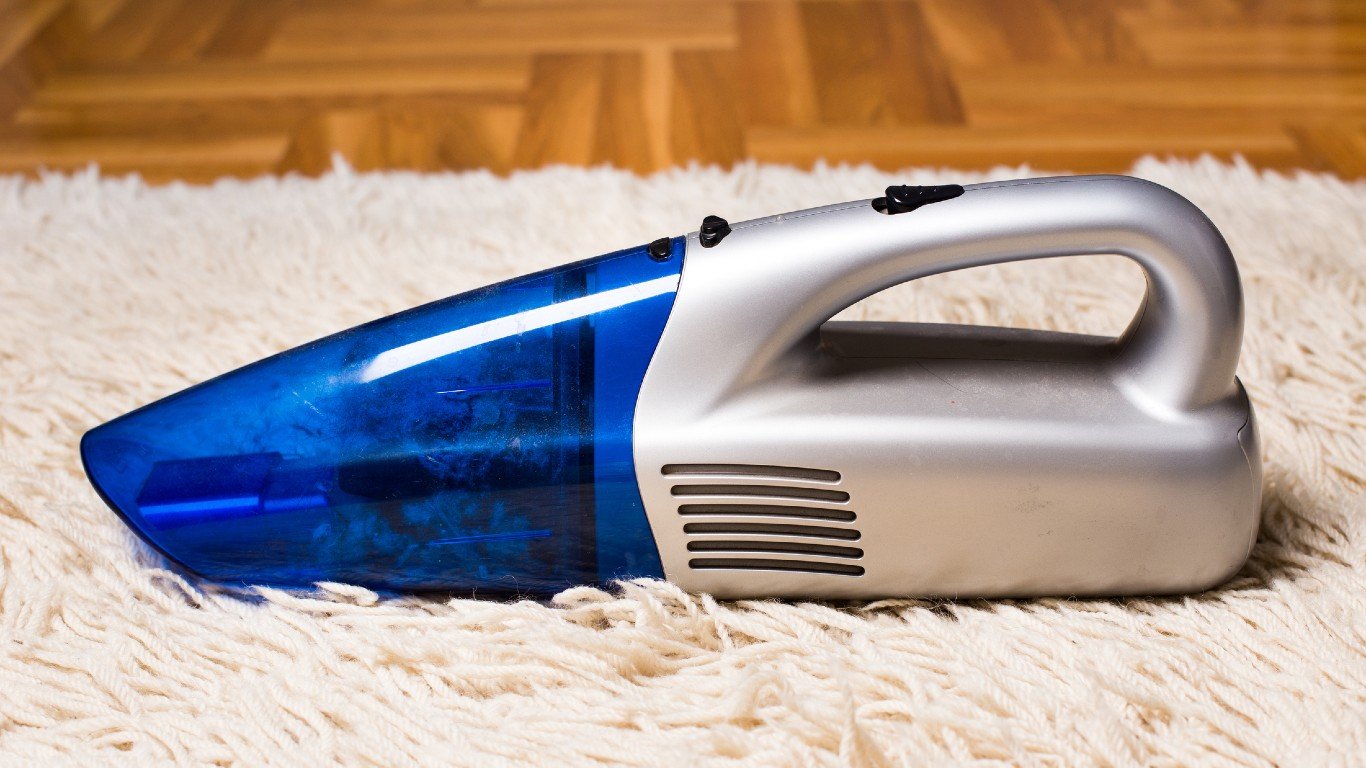
As a result of a partnership with Black & Decker during the Apollo moon landings to invent cordless power tools to use in space exploration, a line of cordless and hand-held tools, including the popular DustBuster, was created for consumer, medical, and industrial use.
6. Laser eye surgery
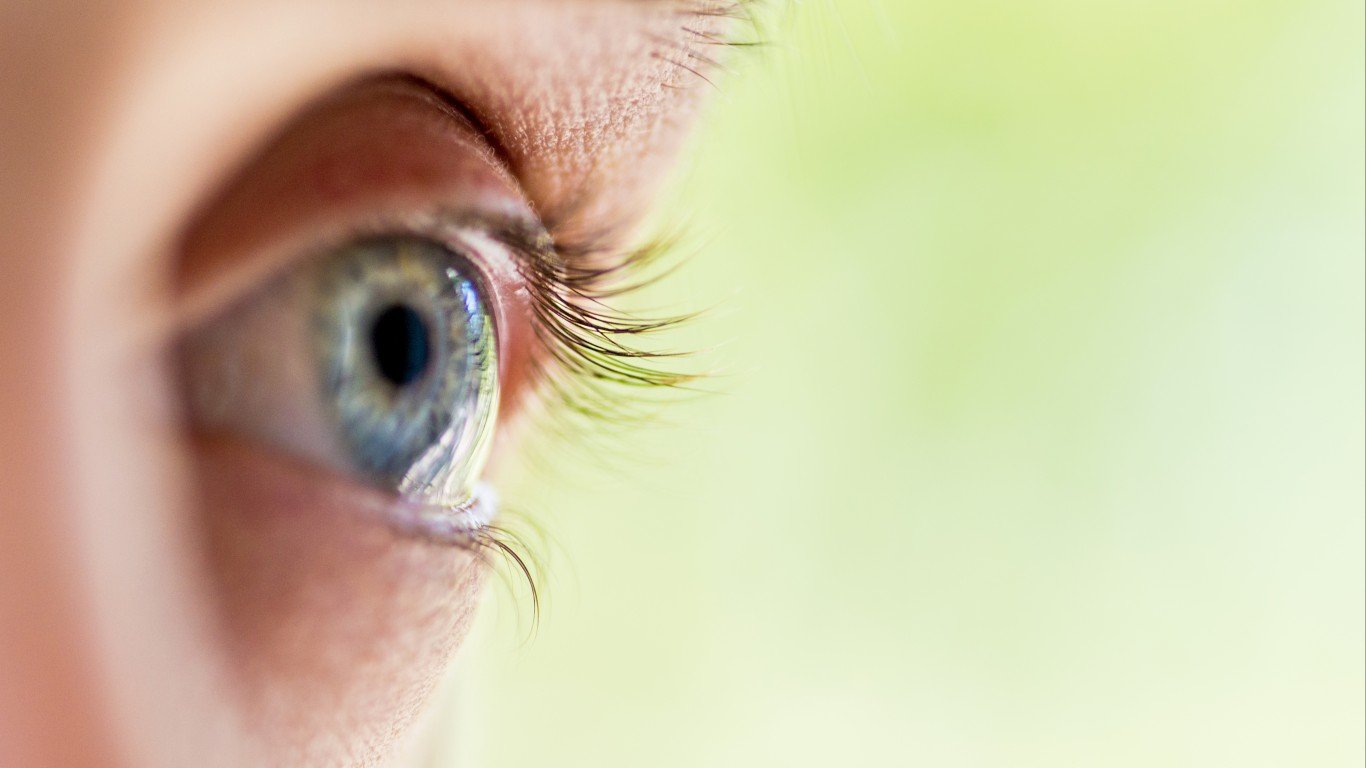
With its Eye Tracking Device Technology, NASA could track and evaluate astronauts’ eyes and how weightlessness may affect them. This technology became essential for laser eye surgery, also known as Lasik. The device tracks a patient’s eye position while the surgeon operates.
7. Water filtration

NASA developed silver ionization water purification technology for the Apollo mission to ensure astronauts had access to safe, clean, drinking water. This purification technology also aids in destroying viruses and other waterborne bacteria and is now used worldwide.
8. Better tires

Working with Goodyear Tire and Rubber Company, who developed material for the Johnson Space Center used in the Viking Lander parachute shrouds, a new radial tire five times stronger than steel was adapted, which extends the life of treads by 10,000 miles.
9. Wireless headsets

According to NASA’s Jet Propulsion Laboratory, wireless headsets were developed to allow hands-free communication between astronauts and Earth-bound teams. These were created by working in conjunction with United Airlines pilots Courtney Graham and Keith Larkin who had previously had their headset design approved by UA and then worked with astronauts to help develop a new wireless headset.
10. Invisible braces

When it was discovered that polycrystalline alumina can protect radar equipment without blocking the radar’s signal as it tracks heat-seeking missiles, NASA Advanced Ceramics Research who worked in conjunction with Ceradyne, Inc., and 3M Unitek, developed this translucent material to invent invisible braces.
11. Freeze-dried foods
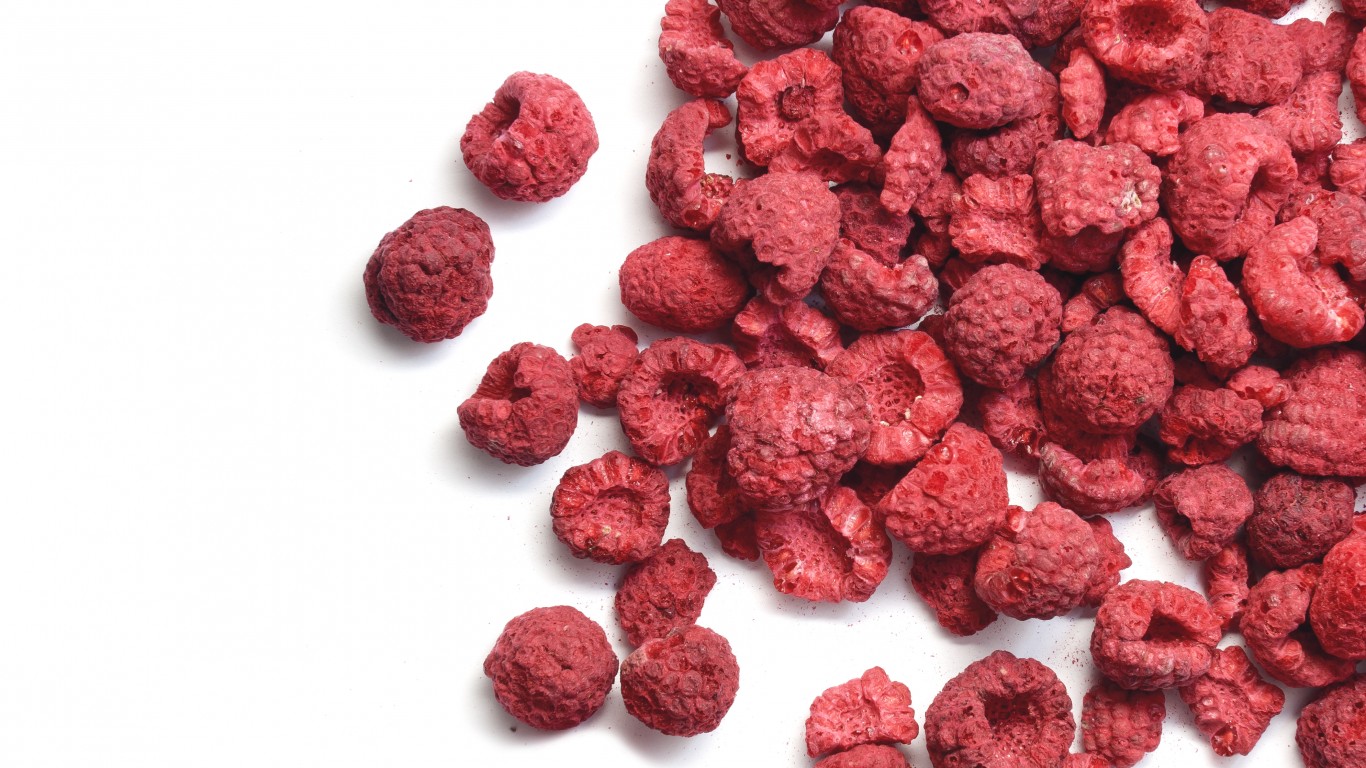
NASA pioneered freeze-drying techniques for its missions and to perfect the process, gave funding to Army Natick Laboratories to work on certain aspects of the process, like gravy. Together with this NASA-funded lab, Nestlé utilized a freeze-drying technique they had perfected to bring food to 20% of its original weight while managing to retain 98% of the food’s nutritional value.
12. Cellphone cameras

The NASA Jet Propulsion Laboratory first invented image sensors in the early 1990s. These sensors would eventually be used in all modern digital cameras (including cell phones) and GoPros, and
13. CAT scans

Technology that NASA developed for the Apollo mission has had a huge impact on the world and one of the most significant is its digital signal technology, which was originally used to recreate images of the moon during the Apollo missions. This underlying technology is what helped make CAT scans and MRIs possible and even created ACTIS, a tool that helps find defects in structures.
14. Baby formula

While NASA didn’t invent baby formula, its scientists did create a nutritious, algae-based vegetable oil when they were searching for a recycling agent to use during long space missions. This algae-based product, known as docosahexaenoic acid (DHA), is a natural component found in breast milk that contains two essential fatty acids that cannot be synthesized by the human body, and is now an additive in many infant formulas.
15. Lifeshears

The pyrotechnic mechanism used to detach a space shuttle from its rocket boosters after launching is the same used in Lifeshears, but on a smaller scale. Lifeshears are a tool that can be utilized in emergency situations to cut into cars or collapsed buildings to rescue people trapped inside.
16. Air purifiers
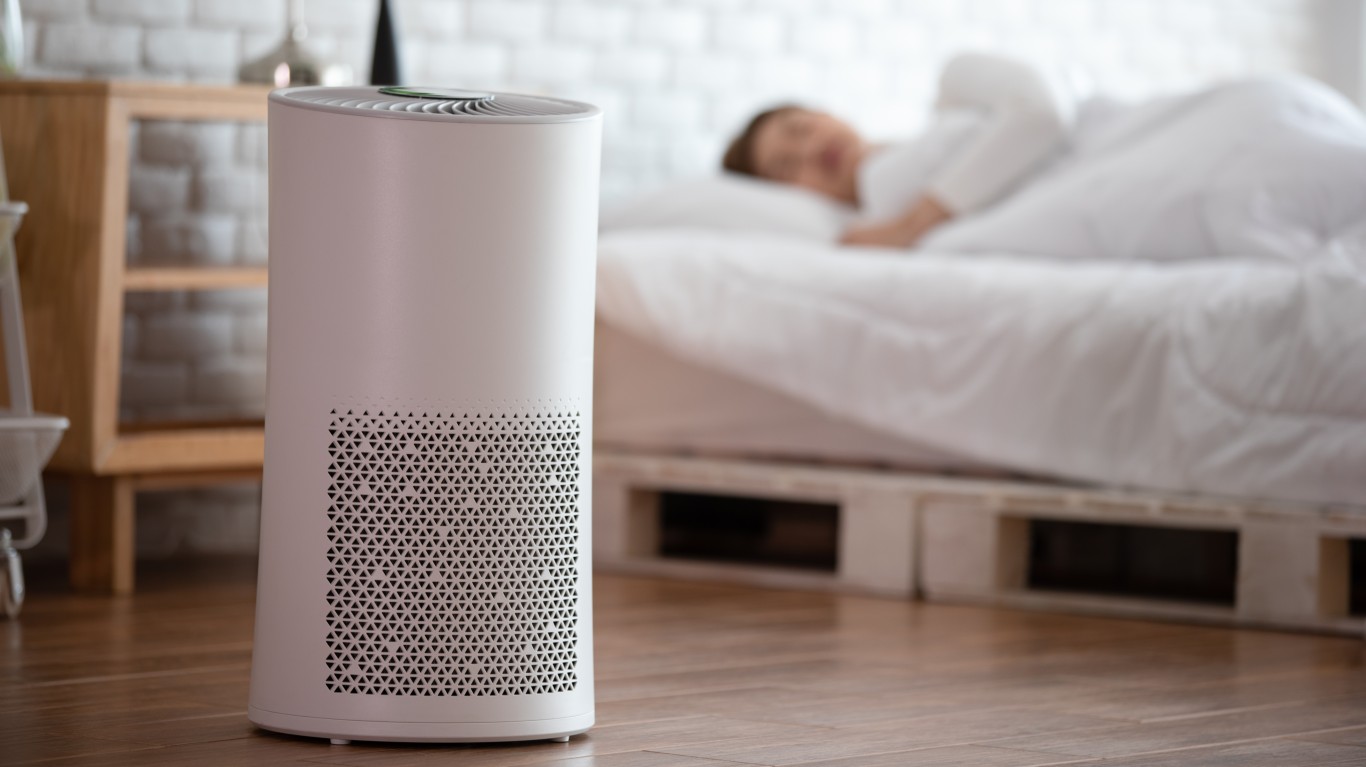
Attempts to grow plants in the sealed, artificial environment of a spacecraft led to the buildup of the unwelcome gas ethylene, which speeds up the decaying process. The Wisconsin Center for Space Automation and Robotics, with funding from the NASA Marshall Space Flight Center’s Space Product Development Program, was brought on to tackle this issue, and cultivated plant growth chambers that included an ethylene reduction device.
This device, also known as the ethylene scrubber, has demonstrated its ability to of purifying air from various other particulates and pathogens and is widely used worldwide.
17. Memory foam

One of the most universally recognized creations from the NASA “Spinoff” program is memory foam, which researchers developed as a way to keep astronauts well cushioned during takeoff and landing. Memory foam is now used in many different capacities – from mattresses and couches to football helmets. A leading memory foam mattress company was even, per their website, “recognized for outstanding achievements in adapting the original NASA technology for everyday use and improving the quality of life.”
18. Resistance-based workout machines

With the lack of gravity, traditional weight-lifting machines wouldn’t work for astronauts wishing to maintain muscle tone. This led NASA to focus on developing a method of resistance-based workout equipment, and by funding the work of Paul Francis, the inventor of the resistance-based weight-lifting system called SpiraFlex, they reached their goal. The Bowflex Revolution, which incorporated Francis’s work, was a quieter, safer, more compact home gym than the traditional weight and cable machines.
19. Insulation
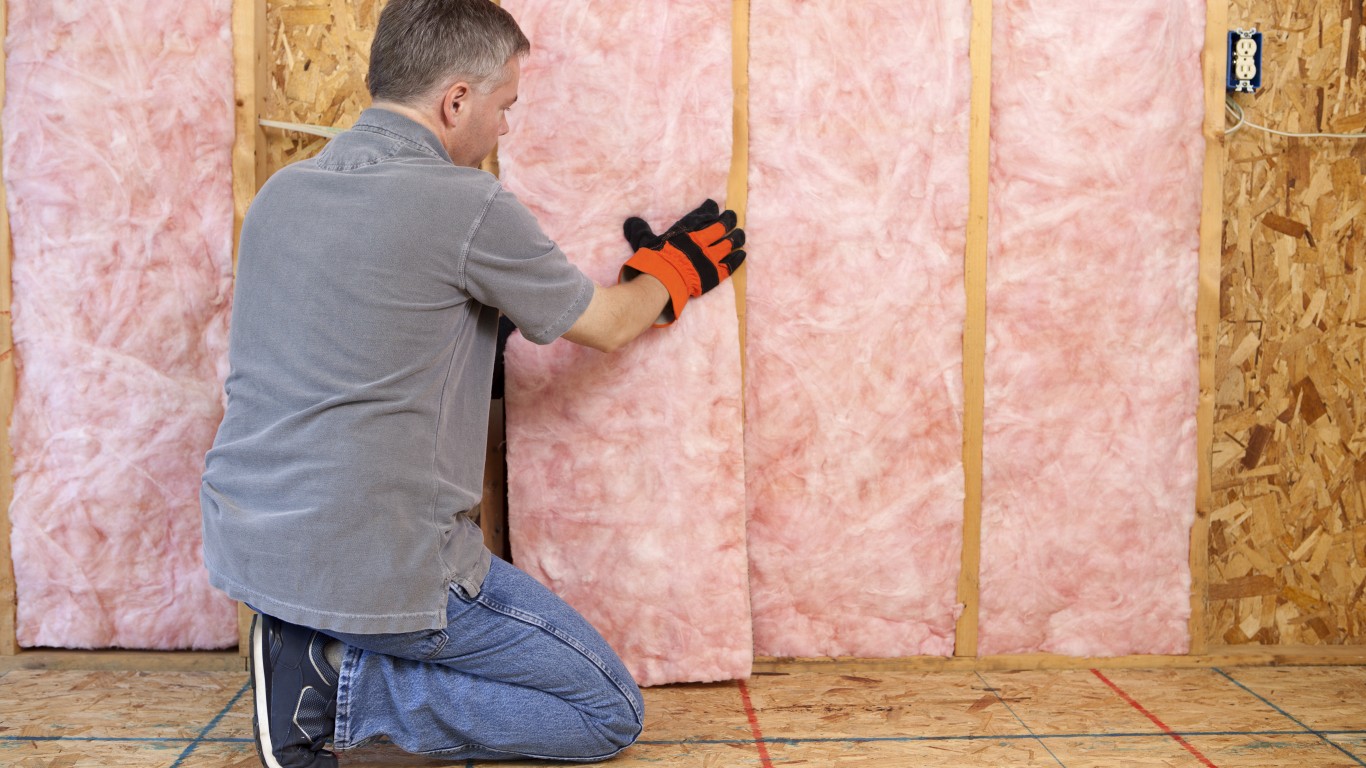
Although the Space Agency didn’t invent reflective insulation, they were able to improve upon it by creating layered metalized polyester thin films. By developing these thin radiant barriers, also known as radiant barrier technology, astronauts were kept safe from harmful radiation. These advances are now one of the more popular forms of insulation and are used in various applications, from homes and water heaters to camping gear and clothing.
20. Infrared ear thermometers
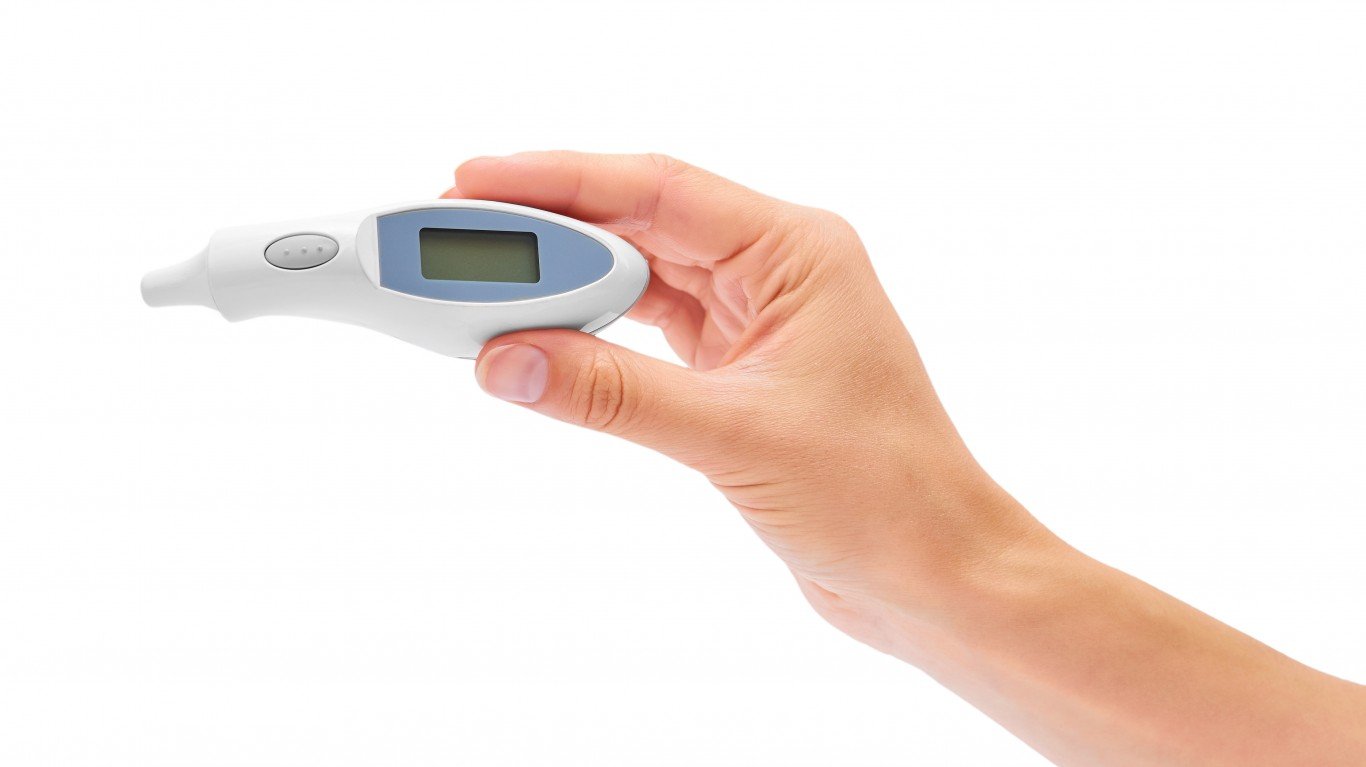
The technology that led to the development of infrared ear thermometers, which allow for instant temperature capture without the risk of cross-infection, was created in NASA’s Jet Propulsion Laboratory and with the help of the Diatek Corporation. They used the same technology developed for assessing the temperature of stars and planets.
21. Ice-resistant airplanes
Because ice is a dangerous threat to space shuttles, scientists at NASA developed a product known as Thermawing, which is a thermoelectric de-icing system vital to preventing ice formation on the exterior of spacecraft. This initial research led to additional products in a similar vein to be developed and are now used on commercial aircraft as well.
22. Portable computers
The Graphical Retrieval Information Display Compass, known as the GRiD Compass, was the world’s first portable computer and was first used in 1983 on a shuttle mission that launched from the Kennedy Space Center. It was heavy, weighing 10 pounds, and expensive with a price tag of $8,150 (about $23,000 today) but due to its sturdy design, was a perfect choice for space flight.
With the code name SPOC (Shuttle Portable On-Board Computer), the computer could communicate with onboard devices and was used to launch satellites off space shuttles.
23. LEDs
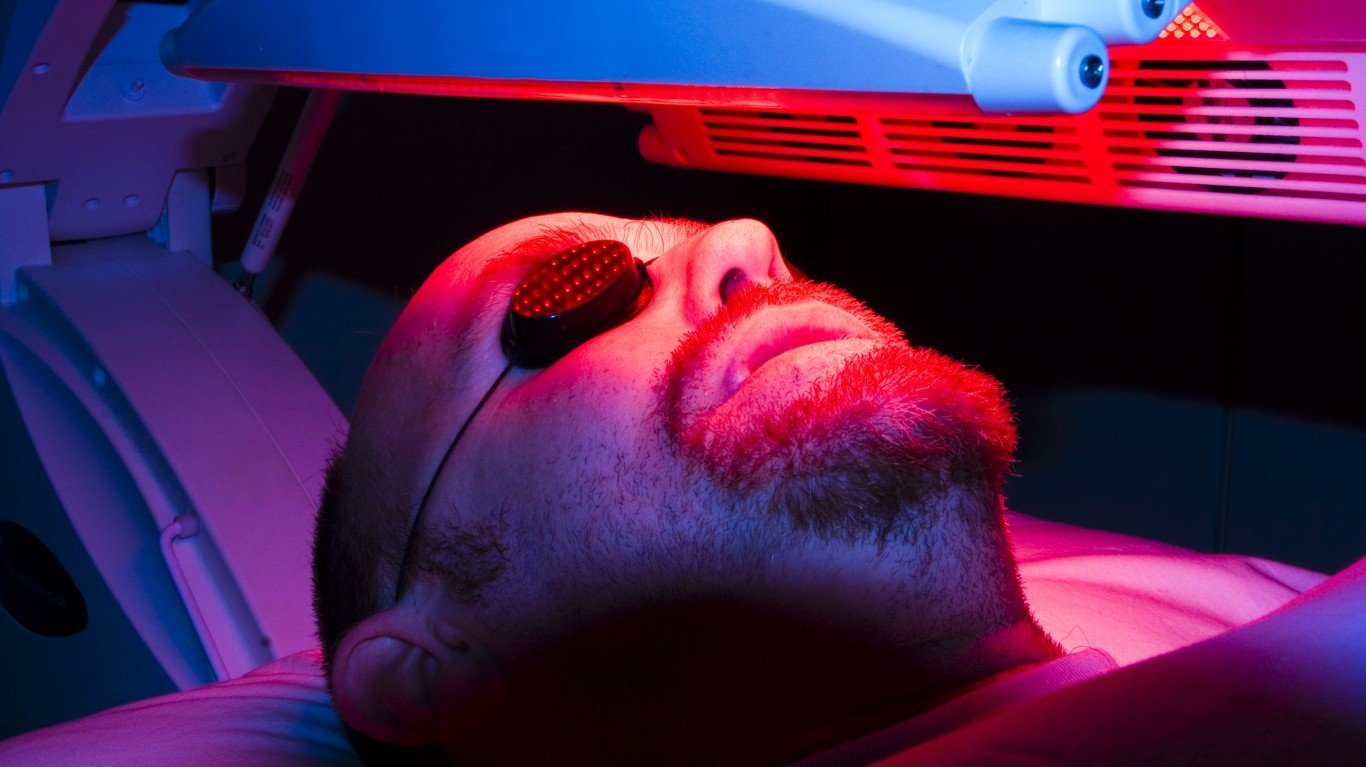
In the early 1990s, Quantum Devices was funded by NASA to develop High Emissivity Aluminiferous Light-emitting Substrate Technology, also known as HEALS. This technology was intended for plant growth experiments aboard space shuttles. Working with light-emitting diode technology (LED), they discovered its healing powers.
The technology has been used in the development of LED medical devices that relax muscles and relieve pain in soldiers, cancer patients, and those with Parkinson’s disease.
24. Computer mouse

In the 1960s, while searching for a way to increase interaction with onboard computers and allow users to perform tasks like manipulating data, NASA project manager Bob Taylor granted funding to Stanford researcher Doug Englebart, who was then able to develop the first mouse.
25. Athletic shoes
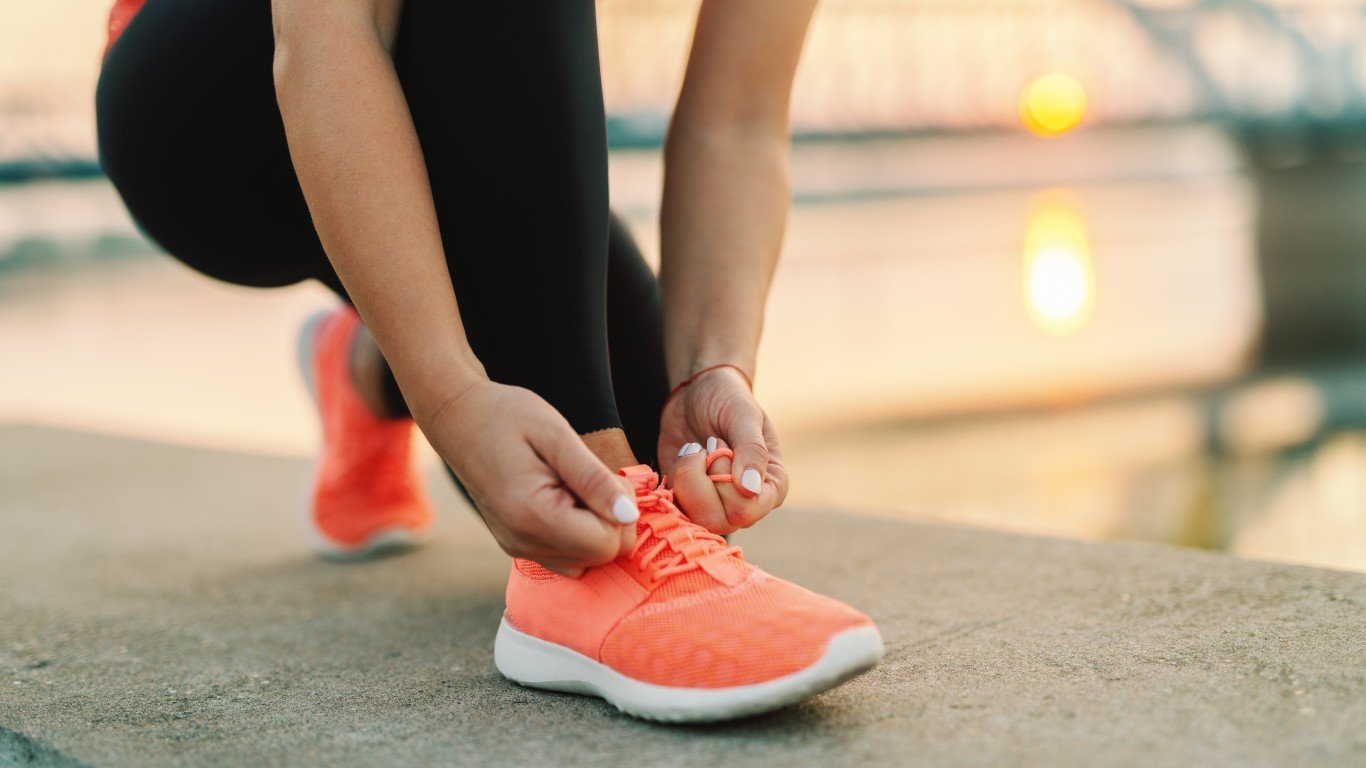
The first shock-absorbing athletic shoe was designed by NASA by employing the same process they used for components of space suits, known as “blow rubber molding.” This shock-absorbent rubber molding designed for astronauts’ helmets inspired what is now a common component of the soles of modern athletic shoes.

